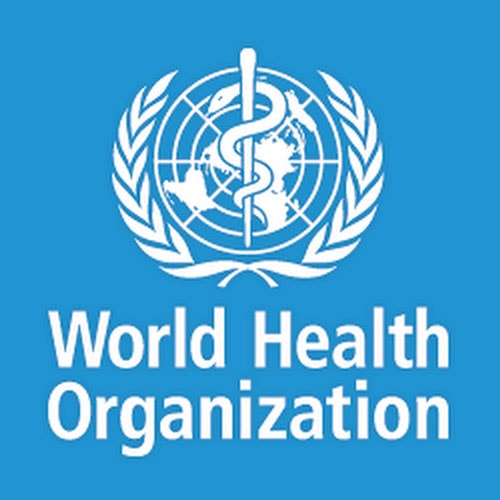The World Health Organization (WHO) has targeted 32 priority districts out of 84 affected by the recent floods in Sindh, Balochistan, Khyber Pakhtunkhwa (KP) and Punjab.
People, particularly women and children, there, are facing risk of different diseases such as diarrhoea, cholera, malaria, dengue fever, skin infections and typhoid due to limited health services.
Country Representative of the WHO, Dr Palitha Mahipala at a media briefing on Saturday shared the challenges the WHO was facing in providing medical assistance to the flood-affectees and said it was a catastrophe whose scale was too huge and unheard of so far.
He said in order to meet the overwhelming number of child births daily in the flooded areas—around 2,000 deliveries a day—the WHO has devised mobile labour room modality to reach the areas where women’s access to hospitals is difficult.
Dr Mahipala said around 580,000 people are currently displaced due to floods and one can see countless families sitting in camps along the roads waiting for food, health assistance. The situation is alarming particularly in Sindh and Balochistan, he said. Besides, malnutrition and stunting among children are also posing severe health risks, he said.
In order to meet these challenges, the WHO is working in close coordination with the government and the donor agencies as well as stakeholders on multiple fronts, said the Country Representative. To meet the malnutrition challenges, 100 new nutrition stabilization centres will start functioning in the next two week.
The WHO has already released US$ 10 million to support health response to floods to treat the injured, deliver medical supplies to health facilities, and prevent the spread of infectious diseases and outbreaks.
Besides, $618048 have been funded for providing essential medicines, emergency stockpiles, medical supplies, water purification kits, tanks, tents, ORS sachet and tents, he said adding among provinces, support has been distributed in response to flood emergency.
The total support with medicines, equipment and other logistics stands at US$2 million, he said adding medicines and diagnostics in the pipeline were over US$5 million. The mobile clinics—vehicles to be donated amount to approximately US$ 500,000. The WHO has made dashboards including a logistics dashboard to provide an overview of its operations and the current situation in flood-hit areas, he said.In the flood-hit areas, already 330 teams recruited and trained by the WHO are working for healthcare and medical assistance. The WHO has also provided 4 million water purification tablets.
The WHO has also undertaken construction of half of the fully-damaged 400 primary healthcare centres and 30 of them have already been completed, he said.







